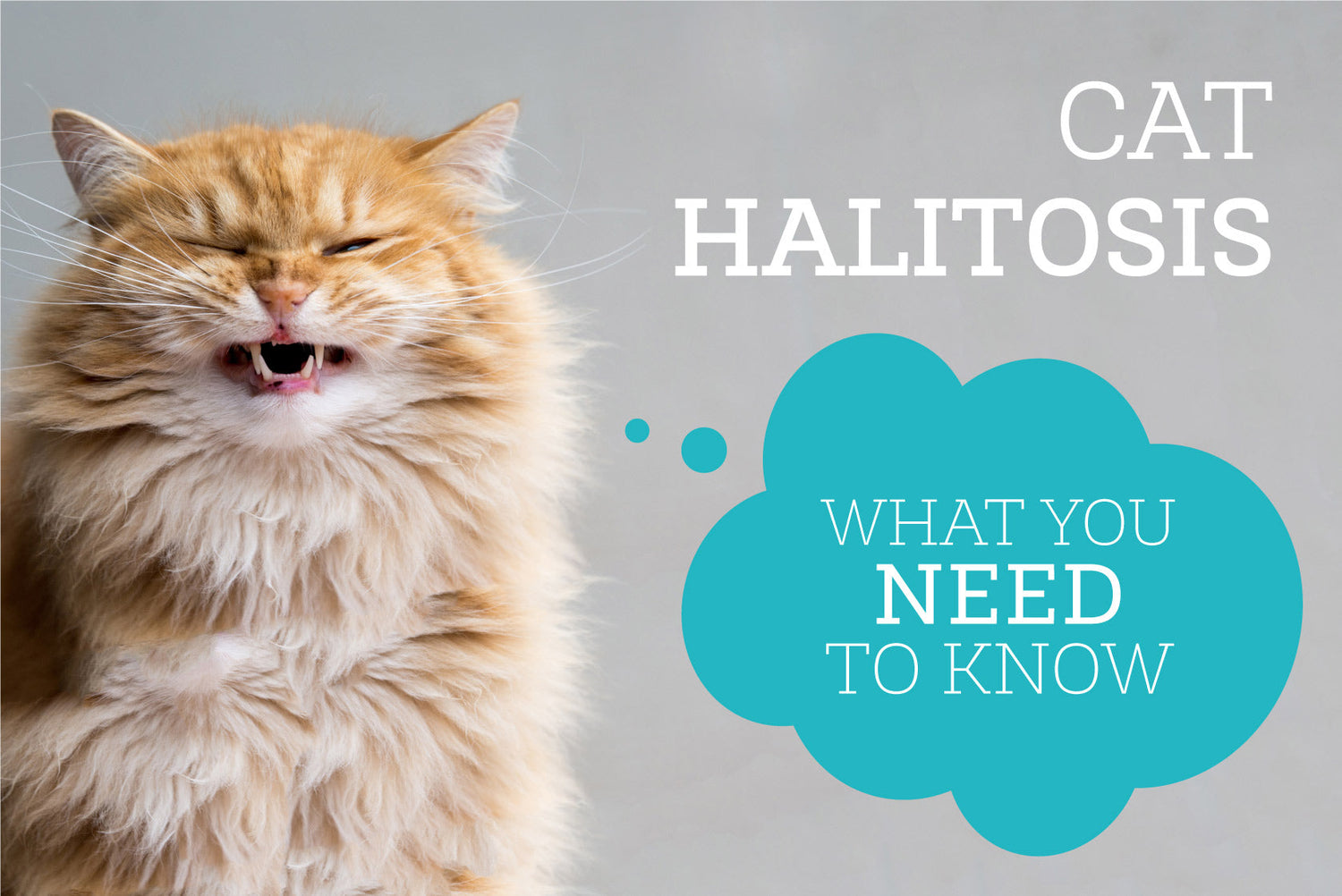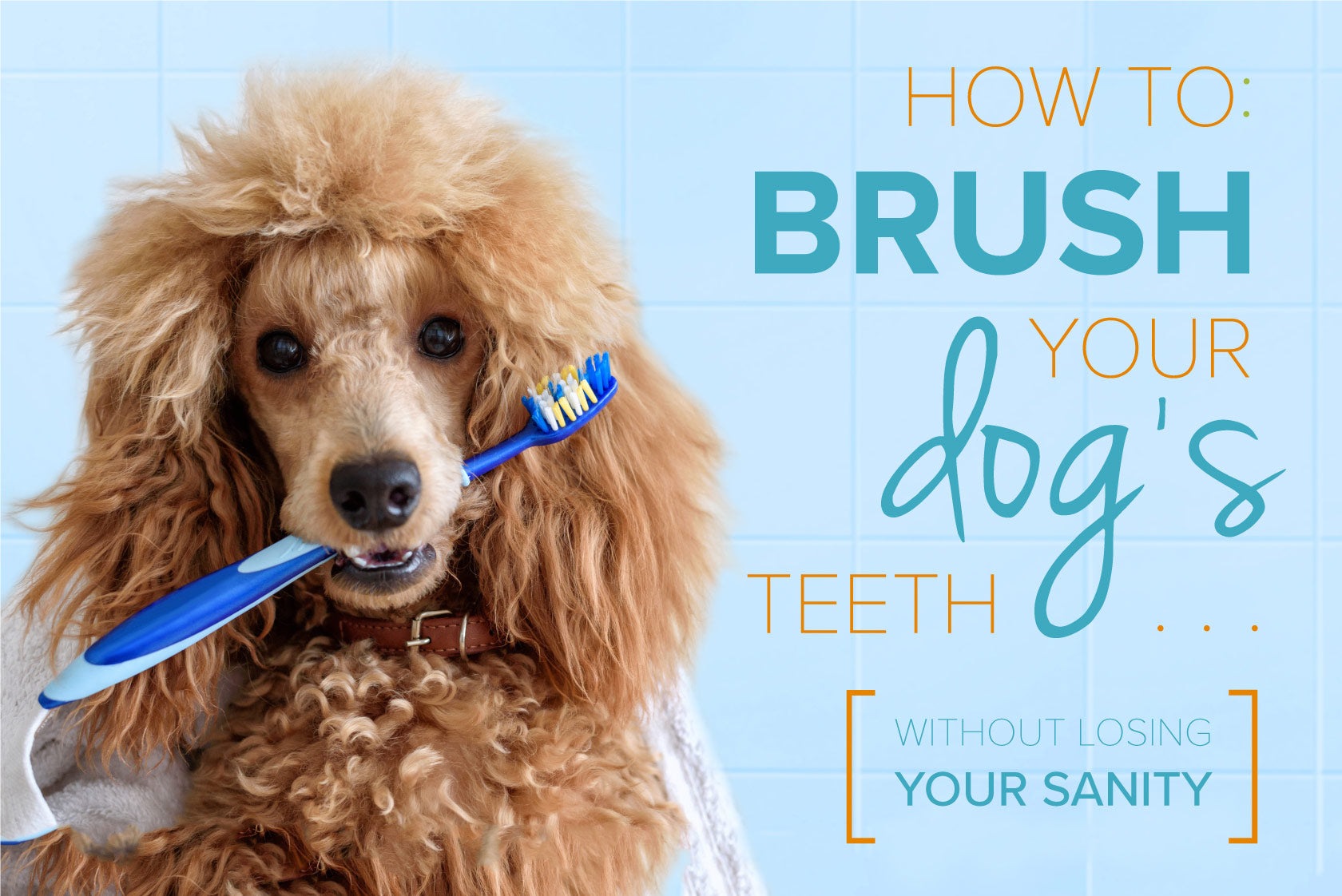Ahh, it’s a relaxing evening at home.
Blanket, check.
TV remote, check.
Cat on your lap, check.
Stinky breath, ch … wait, noooo!
To be fair to our cats, it’s not like their breath should smell like a cool minty breeze. But if the smell is something other than a mild fishy scent, it may be time to do a little digging into cat halitosis.
Fortunately, we’ve put together everything you need to know about cat halitosis right here … including the easiest way to get rid of cat bad breath each day.
2 Distinct Types of Cat Halitosis … And What They Could Mean
Just like in humans, certain diseases will give the breath a distinct smell. If you smell either of these distinct types of “cat bad breath,” it’s important to make an appointment with your cat’s veterinarian right away. Early treatment of health conditions is vital to ensure those nine lives are healthy and happy.
1. Fruity Smell
Cat breath that has a distinct fruity odor is a sign of diabetes. Although this disease is more common in obese cats, it can affect cats of normal weight too. What are others clues that could lead you to suspect that your cat has diabetes?
- Cat is drinking more water than usual
- More frequent urination
- Ravenous appetite (even though cat may be losing weight)
2. Urine or Ammonia Smell
Kidney disease in cats will make the breath smell like urine or ammonia. It’s estimated that 1 in 3 cats will be affected by kidney disease at some point in their lives, usually at 8 years or older. Other signs to watch for include:
- Lethargy
- Weight loss
- Vomiting
- Increased thirst
- More frequent urination and in greater quantity
Other Causes of Cat Halitosis
Liver disease, tumors, bacterial infections and food allergies can all make a cat’s breath smell bad.
Also, be sure to take a peek inside your cat’s mouth. If it’s unusual for your cat to have bad breath, it could be that your cat has a piece of string or food lodged in the teeth or gums. If you have a young cat, sometimes baby teeth can get stuck in the mouth and produce a stinky smell.
As protective cat parents ourselves, we get that googling health questions can sometimes lead to sheer panic. Please know that, oftentimes, cat halitosis can have a more innocent cause, such as a change in diet or eating a potent-scented treat. A good rule of thumb is the more potent a food going in (like tuna fish), the more potent the smell can be going out.
Bad breath could also be your cat’s way of telling you that it’s time to adopt a home dental routine.
#1 Cause of Cat Halitosis: Gum Disease
More often than not, gum disease is to blame for cat halitosis. It starts with a buildup of plaque on the teeth. Plaque naturally forms whenever a cat eats, as food particles and saliva mix and mingle. If the plaque isn’t removed, it hardens into tartar, which inflames and irritates the gums. Plaque begins to harden into tartar within 48 hours.
Eventually, tartar buildup can cause the teeth to separate from the gums. This is called periodontal disease, which is the destruction of a tooth’s supporting bone structure. (This is as painful as it sounds, yet a cat’s instinct is to hide its pain. Sometimes the only message they send to us that there’s a problem is their bad breath.)
Here’s the good news: in its early stages, gum disease is easily reversed.

The 4 Stages of Periodontal Disease in Cats
Stage 1:
“Gingivitis” stage. The gums surrounding the teeth become red and slightly swollen. (Gums should normally be a light-pink color.) No bone loss yet. Proper oral care can reverse gingivitis.
Stage 2:
“Early periodontitis” stage. You may or may not see visible signs of redness and swelling. 0–25% bone loss at this stage. A professional dental cleaning to remove tartar can help save the teeth, along with a regular home-care routine.
Stage 3:
“Moderate periodontitis” stage. Cats will experience 25–30 percent tooth attachment loss. Treatment is often the same as stage 2.
Stage 4:
“Advanced Periodontal Disease.” This is marked by a 50 percent or greater attachment loss. Tooth extractions are usually needed at this point.
Once bacteria from infected gums circulate throughout a cat’s body, it can affect the health of a number of vital organs, including the heart, liver and kidneys. Ultimately, periodontal disease can take years off a cat’s life.
The best way to prevent gum disease in cats is by having a home dental routine and scheduling regular checkups at the vet.
Water Additive for Cats … for Clean Teeth & Gums Minus the “Catitude”
Teeth brushing is a surefire way to keep cats’ teeth and gums healthy. BUT … if you think the fur will be flying if you attempt to introduce a toothbrush into your cat’s daily routine, there is another solution.
A water additive provides the same benefits of tooth brushing without the struggles or time commitment.
Oxyfresh Pet Dental Water Additive is a favorite among cat owners because it’s proven to reduce plaque and tartar, eliminate harmful bacteria, and get rid of stinky cat breath. Plus it’s tasteless and odorless to outsmart even the most finicky feline. All you do is add 1 capful into the cat’s water bowl each day. Seriously, that’s it! Fighting plaque buildup and bad breath has never been easier.
We love pets, so like all Oxyfresh products, our Pet Dental Water Additive is 100% non-toxic and recommended by veterinarians.
For additional ways to freshen your cat’s breath, check out 5 secrets to fighting cat bad breath.
Got more questions about cat halitosis? We have answers for you – just send us a comment below.




